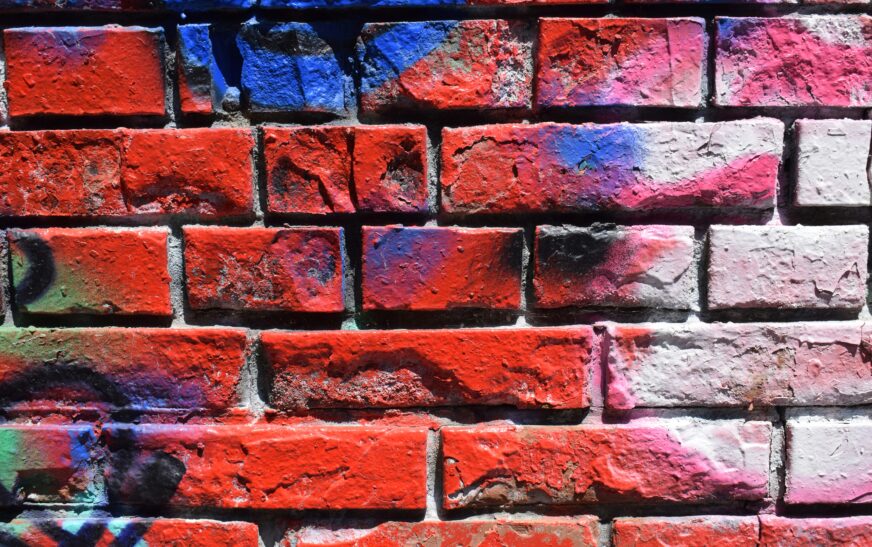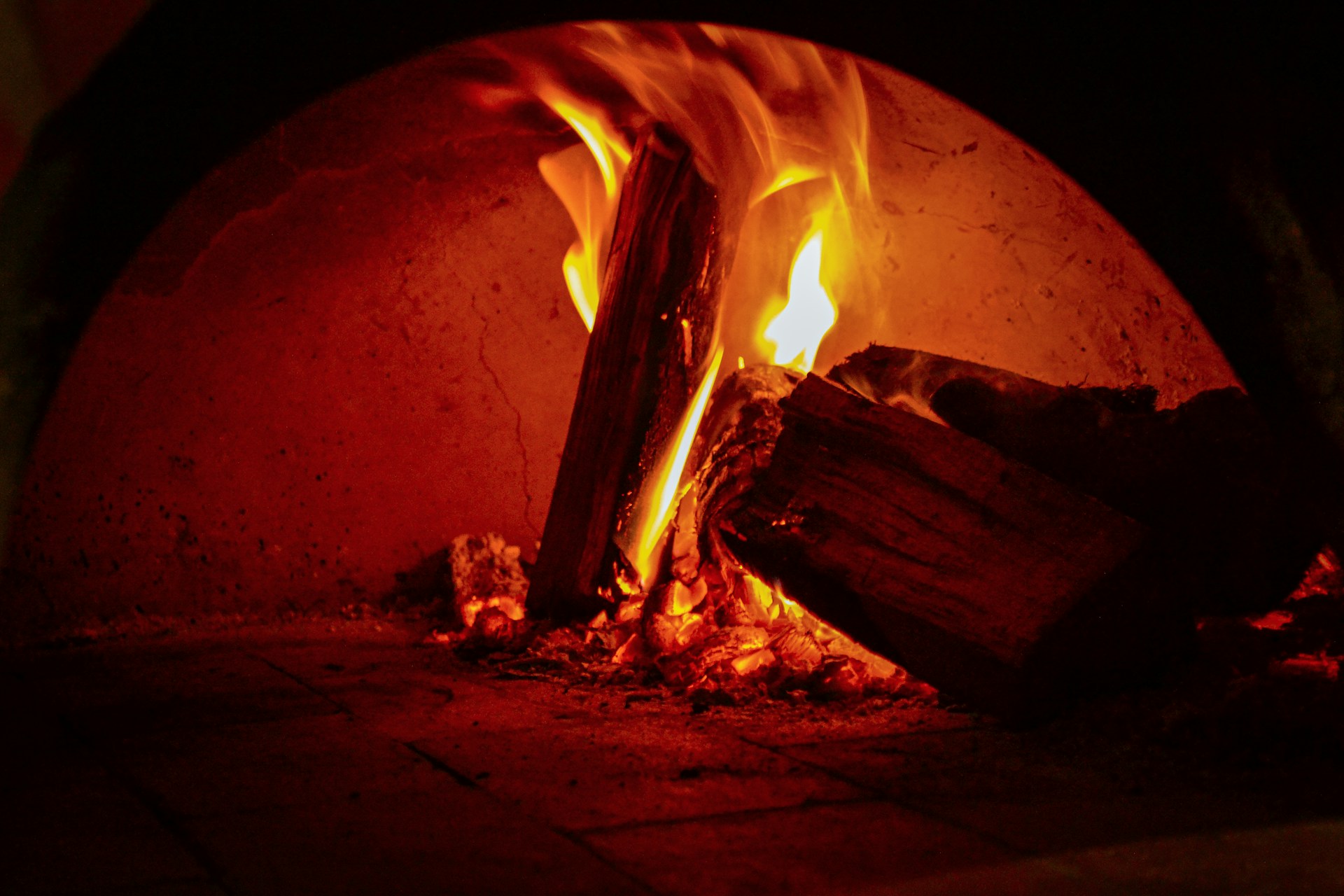Painting brick seems like a simple weekend project—until it isn’t. Visually, it’s a total game-changer. That dull, weathered brick? A fresh coat of paint can turn it into something modern, bright, and oh-so-inviting. But here’s the catch: paint changes how brick behaves, and not always in ways you want.
So… is it bad to paint brick?
Short answer: It can be.
Long answer: It depends on the brick, your prep work, and how committed you are to maintaining it.
Why People Paint Brick—and Why Some Regret It
Let’s be honest: brick is bold. Sometimes too bold. In a world of sleek interiors and neutral exteriors, that old red brick can feel a bit… shouty. Paint tones it down, reinvents it, and can make your fireplace, accent wall, or house exterior feel modern.
But here’s the thing: brick is porous. It breathes. And paint? Paint seals it. That’s where problems can sneak in.
What Happens When You Paint Brick
When you seal brick with paint, moisture can get trapped inside. Trapped moisture can lead to:
- Peeling or flaking paint
- Cracking or spalling (pieces of brick breaking off)
- Mold, mildew, or efflorescence (white powdery stuff)
- Permanent damage to mortar joints
Older or historic bricks are especially vulnerable—they rely on their breathability to stay healthy.
When Painting Brick Is a Bad Idea
Not all bricks are ready for their close-up. Think twice before painting if:
1. The Brick Is in Poor Condition
Crumbling mortar, cracks, or water damage? Painting will just lock in the problem.
2. It’s a Historic Building
Soft, old bricks don’t react well to modern paints. Many preservationists consider painting them irreversible damage.
3. You Want Low Maintenance
Painted brick isn’t a “set it and forget it” surface. Expect touch-ups, cleaning, and repainting over time.
When Painting Brick Works—If Done Right
Painted brick can be stunning if you follow the rules. Success comes from:
- Dry, structurally sound brick
- Thorough cleaning before priming
- High-quality, breathable masonry paint
- Proper sealing without overcoating
- Routine inspection and maintenance
Pro tip: Always use masonry- or brick-specific paints. Regular wall paint will trap moisture and cause headaches.
Alternatives to Painting Brick
Not ready for the full commitment? Try one of these options:
- Limewash: A mineral-based coating that lets the brick breathe while softening its color. Ages naturally and beautifully.
- Staining: Adds color that seeps into the brick instead of sitting on top—less peeling risk.
- Cleaning & Sealing: Sometimes a deep clean and a clear matte sealant can make old brick look almost new without covering it up.
These methods update the look without compromising the brick’s integrity.
Read More : How to Paint Brick: A Step-by-Step Guide
Final Verdict
Painting brick isn’t inherently bad—but it’s not neutral either. It’s permanent, it requires maintenance, and it can dramatically change the character of your space.
Ask yourself:
- Is the brick dry and in good shape?
- Am I ready for ongoing maintenance?
- Am I using the right materials and techniques?
Do all that, and your brick can go from “meh” to “wow.” Ignore it, and… well, let’s just say brick has a long memory.










